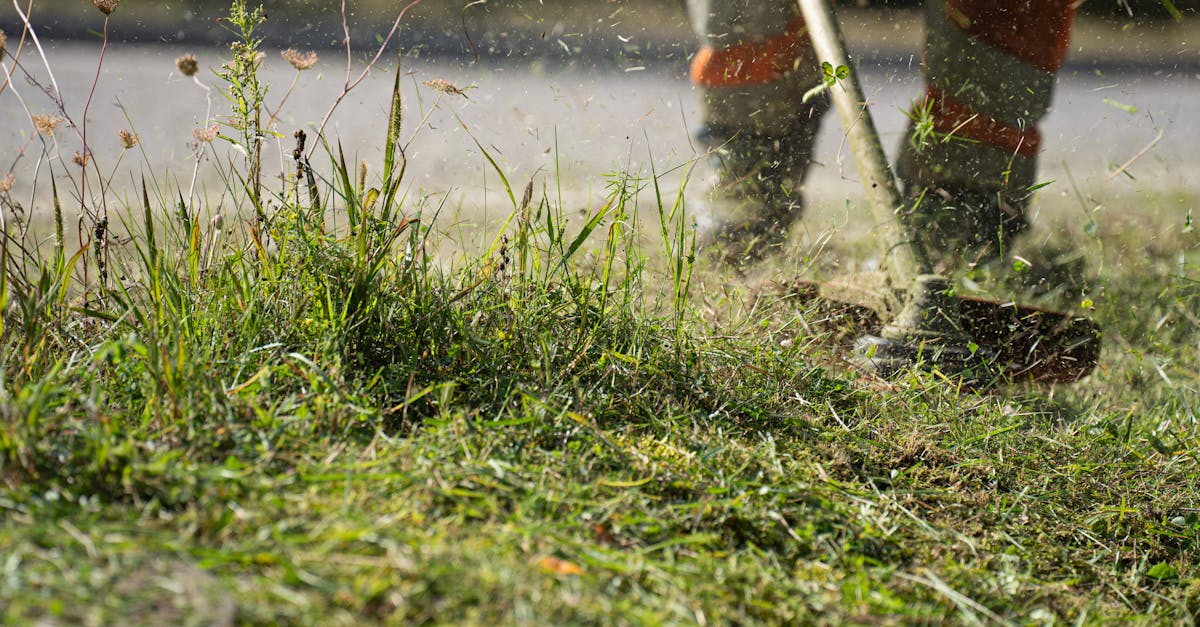
Turf Management
Turf Management
For any homeowner looking to maintain a lush and vibrant yard, understanding the best Lawn care tool recommendations is essential. These recommendations can make a world of difference in achieving healthy grass and a beautiful landscape. Whether you are dealing with small patches of grass or expansive lawns, selecting the right tools plays a vital role in the effectiveness of your lawn care efforts. From mowers to aerators, the proper equipment not only saves time but also ensures that your lawn receives the care it deserves.
As we dive deeper into the world of yard upkeep, it is crucial to highlight how the right tools can enhance your overall turf management strategy. With the myriad of products available on the market, following lawn care tool recommendations becomes even more significant. Choosing high-quality equipment designed for your specific lawn type can improve both the appearance and health of your grass. This insight will guide homeowners in making informed decisions that lead to successful lawn maintenance year-round.
Watering Techniques for Lush Lawn
Establishing efficient hydration strategies is essential for ensuring a vibrant yard. This involves understanding different demands for your yard considering elements like weather, soil type, and grass variety. Thoroughly hydration each week is often recommended since it encourages more profound root systems.
Moreover, timing is an important factor in successful grass maintenance. Hydrating early in the morning is preferable to reduce water loss and allow the grass to take in moisture efficiently. Utilizing irrigation systems that offer a gradual application of water can assist preserve the moisture in the soil while stopping runoff. Observing weather conditions furthermore guarantees that you hydrate your lawn correctly.
Tips on Proper Watering Methods
Efficient watering can be an key factor of maintaining a healthy lawn. Understanding correct quantity needed for moisture the lawn needs becomes vital. It's advantageous to water early in the morning when heat are cooler. Watering at this time ensures the water to permeate deeply into the soil prior to escaping in the heat of the day.
Moreover, utilizing efficient watering techniques can help reduce water while promoting a lush lawn. Consider using a soaker hose or drip irrigation system for supply water directly to the roots avoiding unnecessary runoff. Keeping track of soil moisture can also help decide when it is time to water again. With implementing these tips, you can guarantee a healthy and thriving lawn.
Finding the Appropriate Lawn Breed to Fit Your Climate
Selecting the appropriate lawn type often is important to achieve a healthy lawn. Different lawn breeds thrive under specific environmental circumstances. As an illustration, cool-season grasses like Kentucky bluegrass perform well in temperate regions, while hot-season grasses like Bermudagrass thrive in hotter climates. Recognizing your climatic environment serves as a key factor when making a choice which lawn type to select.
Once you have a grasp on your conditions, the next phase is to consider other factors that can influence your lawn choice. Soil type, sun exposure, and moisture availability all have a role in how well a certain lawn type will grow. For instance, if you have poor soil, you might want to opt for lawn varieties that are more tolerant to those conditions. Also, if your lawn receives full sun, opting for a lawn that requires sunlight will help guarantee a more lush landscape.
Factors for Choosing the Turf Type
Choosing the appropriate grass breed can be essential to attaining a lush landscape. Factors include climate conditions in your region. Warm-season grass types of grass thrive under sunny weather, while cool-season grass flourishes better during cooler weather patterns.
Another factor is the yard's intended use. High-traffic lawns benefit from more durable turf which can endure wear and tear. Additionally, soil conditions and light conditions need to be evaluated to guarantee the selected turf can flourish within the surrounding area.
Sustainable Lawn Care for Earth-Friendly Property Owners
Caring for a grass using an organic approach is not only benefit nature, and it supports the vitality of your grass. Utilizing natural fertilizers and insect management methods that remain safe for both people and pets serves as a great choice for those looking to lower their ecological footprint.
Implementing organic techniques like the use of compost grass clippings to act as mulch or putting in indigenous plants may improve the health of your yard's aesthetic while protecting local wildlife. Opting for native turf which need less water and which are more durable against regional conditions is an efficient way to guarantee a vibrant grass without unnecessary resource use.
Reasons of Going Organic in The Yard
Opting for sustainable practices in the yard provides numerous reasons. One reason is the beneficial impact on the environment. Organic methods lessens the use of harmful chemicals that can pollute soil and harm local wildlife. Through implementing these practices, individuals contribute to a healthier planet while enjoying a lush and vibrant yard.
Another benefit of going organic practices is improved soil health. Organic amendments foster the growth of beneficial microorganisms in the soil, leading to enhanced nutrient availability for your yard. Robust soil results in greater drought resistance and reduced susceptibility to pests and diseases. As a result, going sustainable not only helpful for the environment but also establishes a thriving and resilient yard.